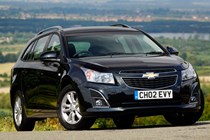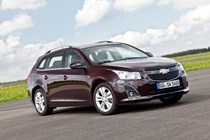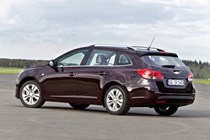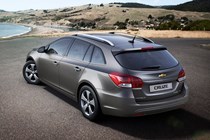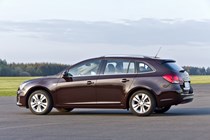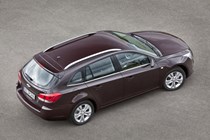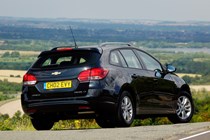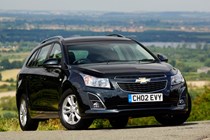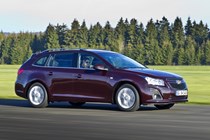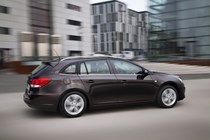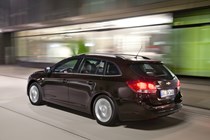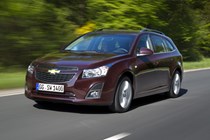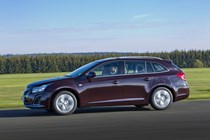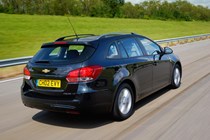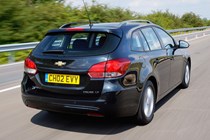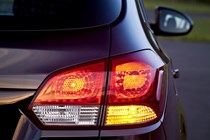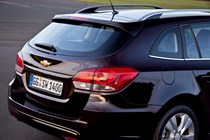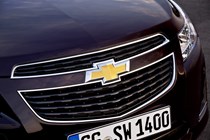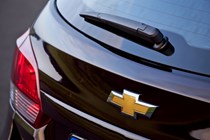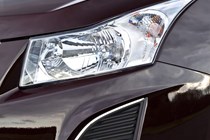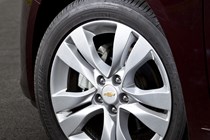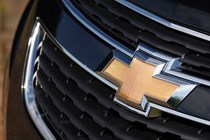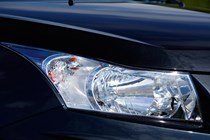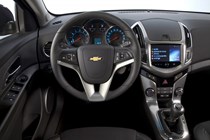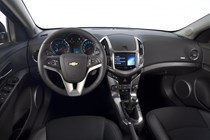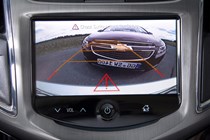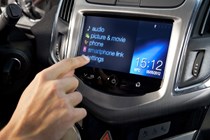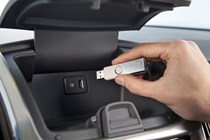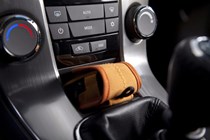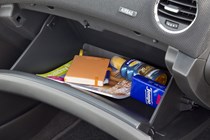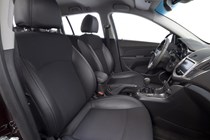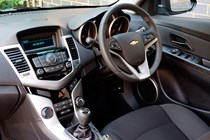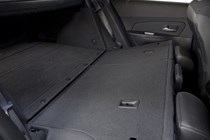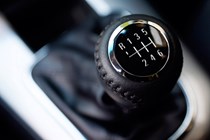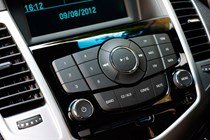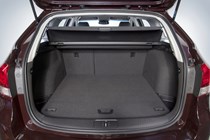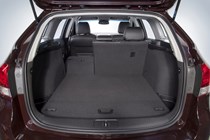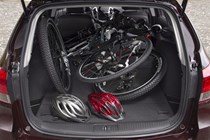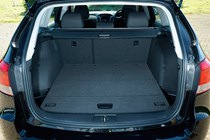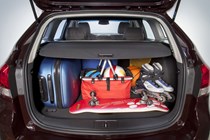Chevrolet Cruze Station Wagon (2012-2015) engines, drive and performance
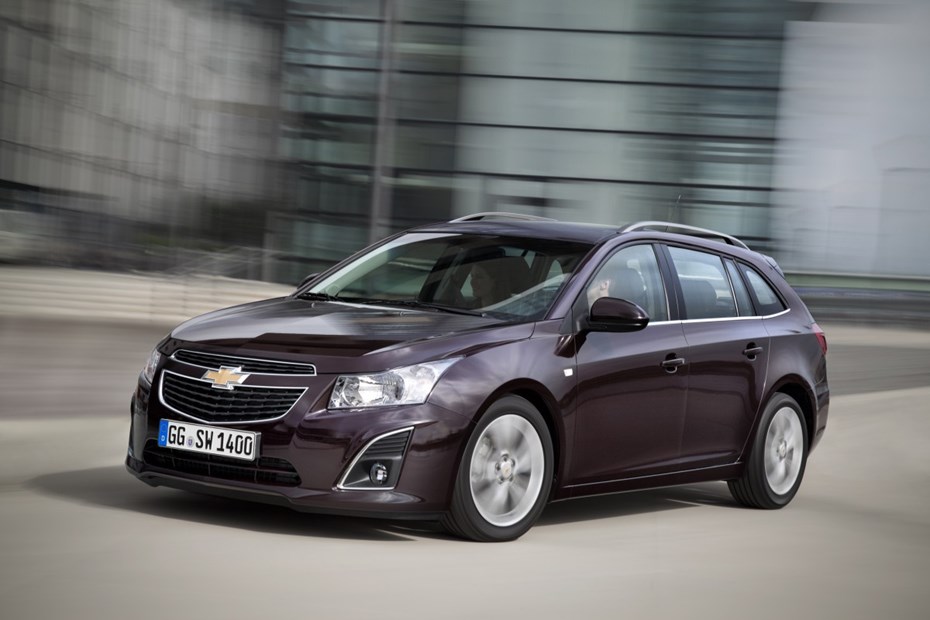
There are three engines available but for the best Chevrolet Cruze Station Wagon performance buyers should opt for the single diesel version. The 1.7-litre VCDi engine produces 129bhp and outputs 300Nm of pulling power. This helps the estate reach 62mph in 10.4 seconds. The 300Nm of torque is what really helps put the diesel option ahead of the two petrol choices.
It means that low speed acceleration is brisk and it also makes overtaking much more manageable. Once you do put your foot down things can get a little noisy, though you are rewarded with a decent amount of acceleration to help the car get up to motorway speeds. The diesel engine is paired to a six-speed manual gearbox, which can feel a little notchy but is smooth enough to deal with quick changes.
The two petrol engines are the 1.6-litre and 1.8-litre options. The 1.6-litre engine produces 122bhp and is fitted with a five-speed manual gearbox, hitting 62mph in 12.6 seconds. The 1.8-litre makes 139bhp and is only available with a six-speed automatic gearbox, hitting 62mph in 11.5 seconds. This engine feels somewhat gutless compared to the diesel offering.
Getting up to speed seems to take an age and once there drivers are welcomed with the annoying droning sound of the car sitting at just over 3,000rpm along the motorway. For long distance driving this isn’t the best choice as it can get tiresome rather quickly. The automatic gearbox does have some hesitation when changing gear, though there is no jerky action and once it is in gear things are smooth.
It’s responsive enough too, changing down when you need more power and up when it realizes you are moving at cruising speeds.
Chevrolet Cruze Station Wagon handling is average at best. The extra weight of that estate rear is really felt in corners and there is quite a sizeable amount of body roll, especially compared to the standard hatchback model. The steering is very light. While this is great at low speeds, and makes tight manouvres much easier, it doesn’t seem to weight up enough at higher speeds and feels too artificial.
There’s also quite a bit of play in the wheel before anything actually happens. There’s little feedback for the driver and things are more mundane rather than exciting, though being used for family daytrips might mean this isn’t a major issue.


